OTRK Precision Strike Missile. New features and old limitations
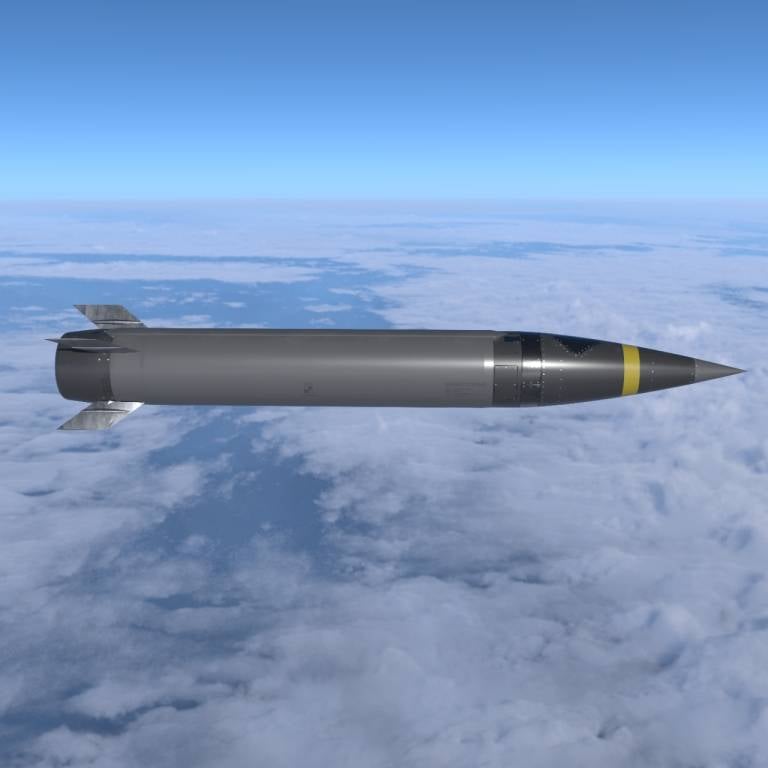
Since 2016, in the interests of the US ground forces, the advanced operational-tactical missile system Precision Strike Missile (PrSM) has been developed. Its first modification will enter trial operation in 2023 and will be able to hit stationary ground targets. In the future, it is planned to complete the development and put into service a new version of the PrSM with a homing missile. She will be able to hit moving objects, incl. ships.
From idea to project
The development of the PrSM project by several leading enterprises began in 2016-17. In parallel, two competing missile projects are being created, one of which will later be adopted. The PrSM is expected to replace the outdated ATACMS missile in arsenals and bring new capabilities to the ground forces.
According to current plans, the new OTRK in the first modification will be able to attack stationary targets with known coordinates. The firing range will reach 500 km - at the time of the development of the technical task, the restrictions of the INF Treaty were in force. Such a complex will become a more convenient, accurate and long-range replacement for the old ATACMS.
In the future, after 2023, it is proposed to complete a deep modernization of the PrSM with the replacement of all major components. First of all, they will improve the engine, which will increase the range to 700-800 km. It is also proposed to use a seeker with the ability to independently search for a target. Currently absent in US arsenals weapon with similar characteristics and capabilities.
At the test stage
In December 2019, Lockheed Martin conducted the first test launch of its version of the PrSM product. The rocket was launched from the TPK aboard the M142 HIMARS MLRS and flew 240 km. The shooting was called successful, although the goals and objectives of the launch were not specified. With the first shooting, Lockheed Martin outstripped its main competitor, Raytheon. The next test launch took place in March this year.
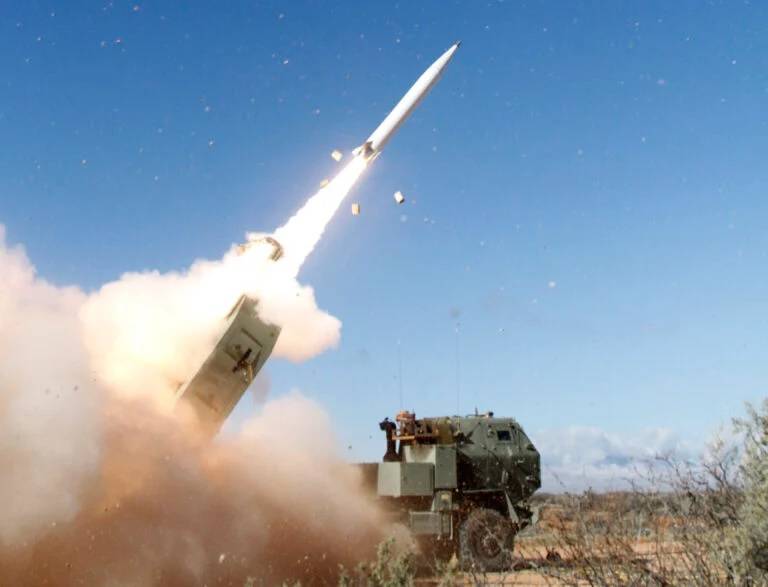
In early June 2020, on the basis of one of the laboratories of the US Army, the first tests of the GOS were carried out for future modifications of the rocket. The prototype was suspended under the wing of an aircraft flying laboratory, after which it performed a flight according to a given program. During the flight, the seeker was able to detect conditional targets on land and on water. Army representatives clarified some of the details of the project, and also said that the prototype used only half of its capabilities.
New tests should take place in the near future. In them, the GOS will work "100%" and for a typical goal. After that, a third such test will take place, based on the results of which conclusions will be drawn. The next stage of work will be the introduction of the head into the rocket design. As previously reported, such events will end no earlier than 2023-25.
Technical details
In the statements of officials, in press releases and on the resources of the competing developers, enough information has already appeared to draw up a general technical appearance of the promising OTRK PrSM. Obviously, in the future we should expect the publication of new data and clarification of the existing picture.
Like its predecessor, ATACMS, the PrSM complex is based on the serial M270 and M142 multiple launch rocket launchers. On the standard MLRS installation, it is proposed to place transport and launch containers with four missiles, on HIMARS - with two. The procedures for deploying into position, preparing for firing and launching are not fundamentally different.
The PrSM missiles from Lockheed Martin and Raytheon are single-stage products with a cylindrical hull, a pointed nose cone and folding tail rudders. In terms of dimensions, they should be significantly different from ATACMS, due to which the serial launcher will use twice the ammunition load.
In the basic version, both missiles receive a solid-propellant engine with increased characteristics, due to which it is required to provide a firing range of 60 to 499 km. At the same time, according to various sources, a further increase in the range is also possible without fundamental processing of the rocket.
The first version of the rocket will receive an autopilot with inertial and satellite navigation, with the help of which the attack of targets with known coordinates will be provided. In terms of combat equipment, the PrSM should not be inferior to the serial ATACMS products, which carry a 227-kg monoblock warhead.
The next modification of the PrSM will receive a seeker, which is now being tested. It is reported that the experimental seeker includes a radar (probably active) and infrared component. Also, possibly, inertial and satellite systems will be used. The missile will enter the target area using navigation aids. The initial search for the target is assigned to the RGOS, and targeting in the final phase of the flight will be performed using the IKGOS.
Tactical niche
Thus, in 2023, the US Army will receive an OTRK with a ballistic missile with a range of up to 500 km, and after 2025 it will have to master a complex with a quasi-ballistic ammunition with a range of up to 700-800 km. The first version of PrSM will be a replacement for ATACMS missiles, which favorably differ in basic tactical and technical characteristics and combat capabilities.
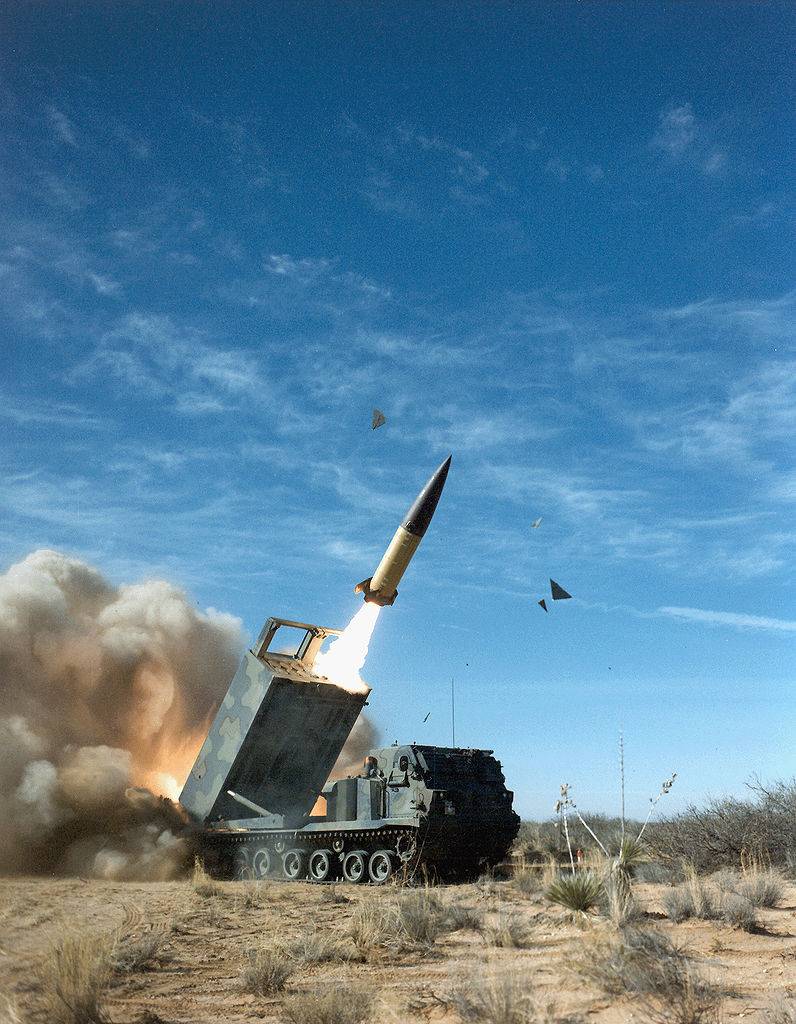
The next modification of the rocket looks much more interesting, for which key components are already being worked out. Precision Strike Missile with an increased range and double seeker will be able to hit point and / or moving targets of all kinds. With the help of such a missile, it will be possible to attack ground objects, convoys of vehicles and combat vehicles, and even ships. A launch range of up to 800 km will give serious advantages in the preparation and conduct of a strike. It is important that such weapons go to the missile units of the ground forces.
In 2023-25. the US Army plans to receive several promising weapons of various kinds at once. Together with the first PrSM battery, a division of self-propelled howitzers M1299 is expected, the first medium-range missiles of a new type, the LRHW hypersonic complex, etc. Some of these developments are intended for missile forces and artillery.
Brigadier General John Rafferty, Director of Advanced Systems Modernization Command, recently indicated that the PrSM OTRK will become the main weapon of the army's missile units in the future. In this case, the complex will merge into a larger weapons system, which includes all new developments.
The presence of several complexes for different purposes will allow for deployment with the greatest compliance with plans and objectives. It will be possible to concentrate systems of different classes in one area, and the enemy will not know what opportunities the garrison has - until he makes reconnaissance.
Necessity and opportunity
The need to replace ATACMS missiles, which are becoming obsolete morally and physically, has long been ripe. In the mid-tenths, it was decided to phase out such weapons in favor of a promising model being developed as part of the new Precision Strike Missile program.
Modern technologies make it possible to improve the flight performance of the PrSM in comparison with the predecessor rocket, and the range is not limited to the original 499 km. In addition, opportunities have been found for creating a GOS, which sharply increases the combat qualities and potential of the product.
It is curious that not only technical advances, but also a change in international obligations, made it possible to raise the characteristics. Due to the current INF Treaty, the range of the missile being developed was limited to 500 km. After the collapse of the contract, you can create a new modification with higher characteristics.
Thus, by now a rather interesting situation has developed. It combined objective necessity, technical and technological capabilities, and then the absence of legal restrictions. Experimental missiles are already becoming the result of these processes;
Which of the proposed projects will receive Pentagon approval and go into service is unknown. However, it is already clear that Lockheed Martin, Raytheon, allied enterprises and the US Army have every opportunity to radically modernize missile units. As a result, in the second half of the twenties, MLRS and HIMARS will acquire new fighting qualities that can cause serious concern.
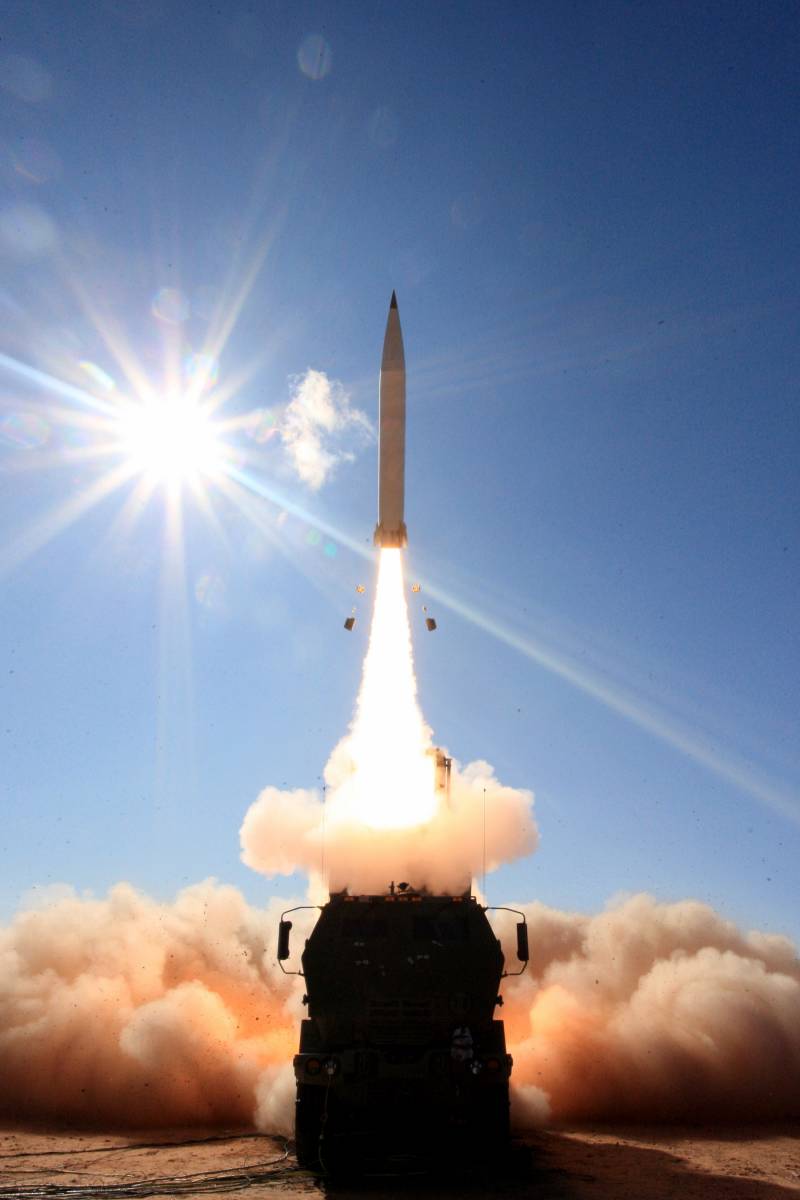
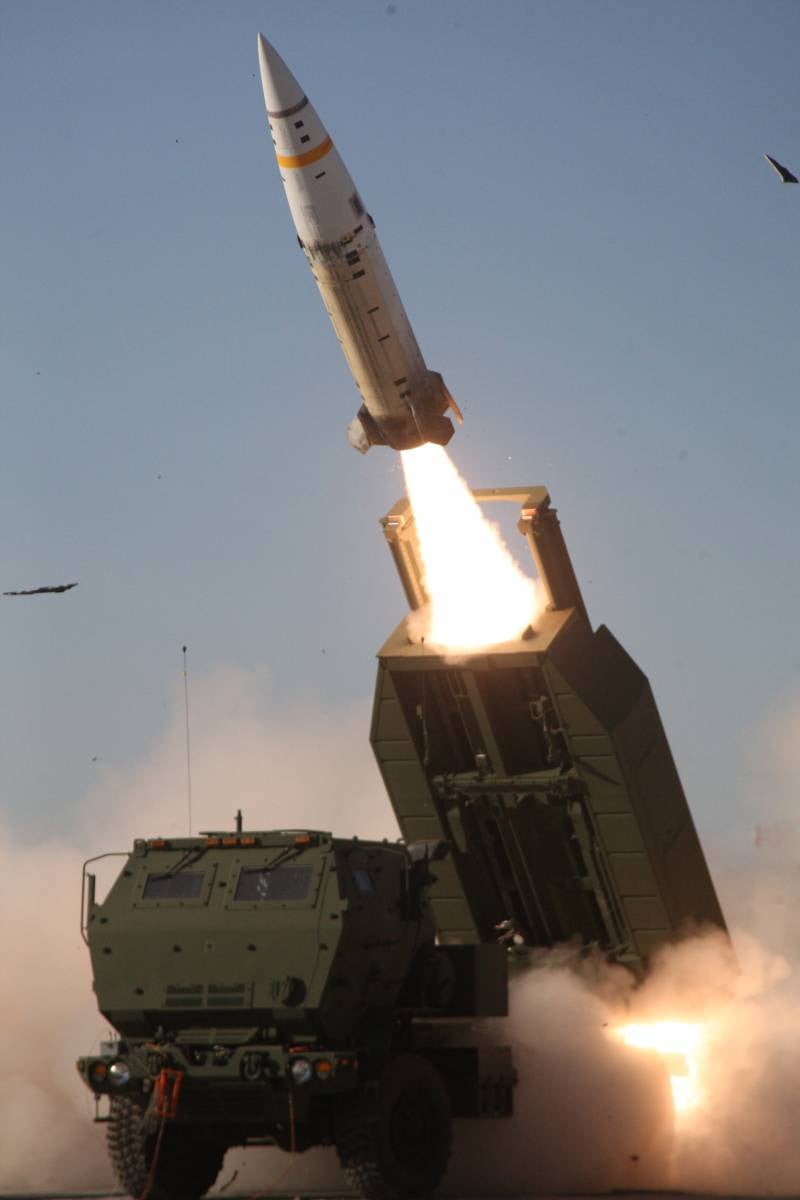
Information